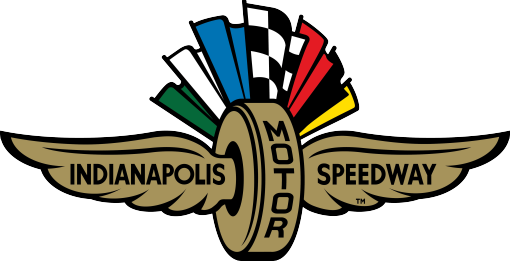Today’s question: What person in IMS history would you like to have an hour to interview?
Curt Cavin: Two come to mind. The first is Carl Fisher, the promotional genius who led the construction of Indianapolis Motor Speedway. But Fisher, a native Hoosier from Greensburg, was known for so much more and reportedly wasn’t driven by money. Holding the patent for early automobile headlights, he made millions, and his ingenuity led to conceiving the first road across the U.S. (the Lincoln Highway ran from New York to San Francisco). Fisher also created the north-south version, the Dixie Highway, and developed Miami Beach along with a famous Key Largo hotel, the Caribbean Club. He made and lost a fortune, and I’d love to hear how both happened. Among Indianapolis 500 drivers, I would have liked to have known Eddie Sachs, the “Clown Prince of Racing” who once said, “If you can win, be spectacular.” Sachs was part James Hinchcliffe, part Conor Daly, and he would have loved social media. Sachs wasn’t afraid to let his words do his talking either, as he found out from Parnelli Jones, who gave him a hard swipe to the jaw after Sachs insisted Jones’ car dropped oil on the track while winning the ’63 race. But Sachs was substance, too, nearly winning the “500” in 1961, finishing third in ’62 and winning two poles at IMS and eight races overall.
Zach Horrall: The person I’d like to meet and interview is the person who I truly believe is the most significant person in this racetrack’s history: Wilbur Shaw. The Shelbyville, Indiana, native was first a stellar race car driver, becoming the second three-time Indy 500 winner and first to score back-to-back wins when he won in 1939-40. I would love to hear his point of view on the incredible run he had from 1935-41, one of the best we’ve seen from a driver in 104 races, when he finished second, seventh, first, second, first, first and 18th (though he led 107 laps before crashing). Then, I want him to tell me how he quite literally changed the course of auto racing in the United States after he arrived at the dilapidated Speedway in 1945 for a Firestone test, how he went on a mission to find the right buyer to resurrect the Speedway, and how he found Tony Hulman and convinced him to purchase IMS. I’d love to know the details of that meeting at the Indianapolis Athletic Club with himself, Hulman and Eddie Rickenbacker. I’m not quite sure an hour would be enough!
Paul Kelly: Curt and Zach both made superb choices of true giants in IMS history. My choice is a bit more off-beat because … well, I guess I’m a bit of an oddball. (Ask my wife, Curt or Zach!) I would love to spend an hour interviewing Larry Bisceglia. Don’t know that name? Well, Bisceglia, a mechanic from Yuma, Arizona, was the first fan in line to enter Indianapolis Motor Speedway for the Month of May for 37 straight races, from 1950-86. Bisceglia would arrive early – sometimes even in late March! – in an old DeSoto, Chevrolet work truck or Ford Econoline van covered with racing stickers, wearing his trademark railroad engineer’s hat and work clothes. Seeing Bisceglia’s truck or van parked in front of IMS was an Indianapolis rite of spring, a sure sign that the Month of May was right around the corner. IMS eventually provided him with a key to the track and even gave “Mr. First in Line” a parking spot inside the track with an electrical hook-up for so he could live out of his truck or van while he waited for the gates to open. Why did he do this? Why every year? What created such devotion? I’ve heard that Larry wasn’t much of a talker, but trying to get answers to those questions and hear general tales about his unique role in IMS history would fascinate me.




